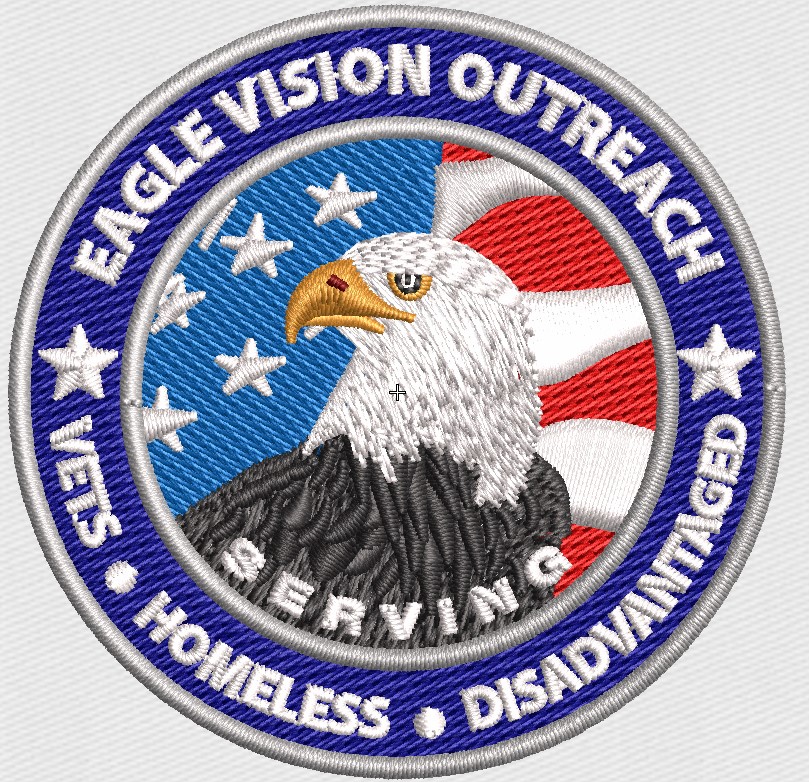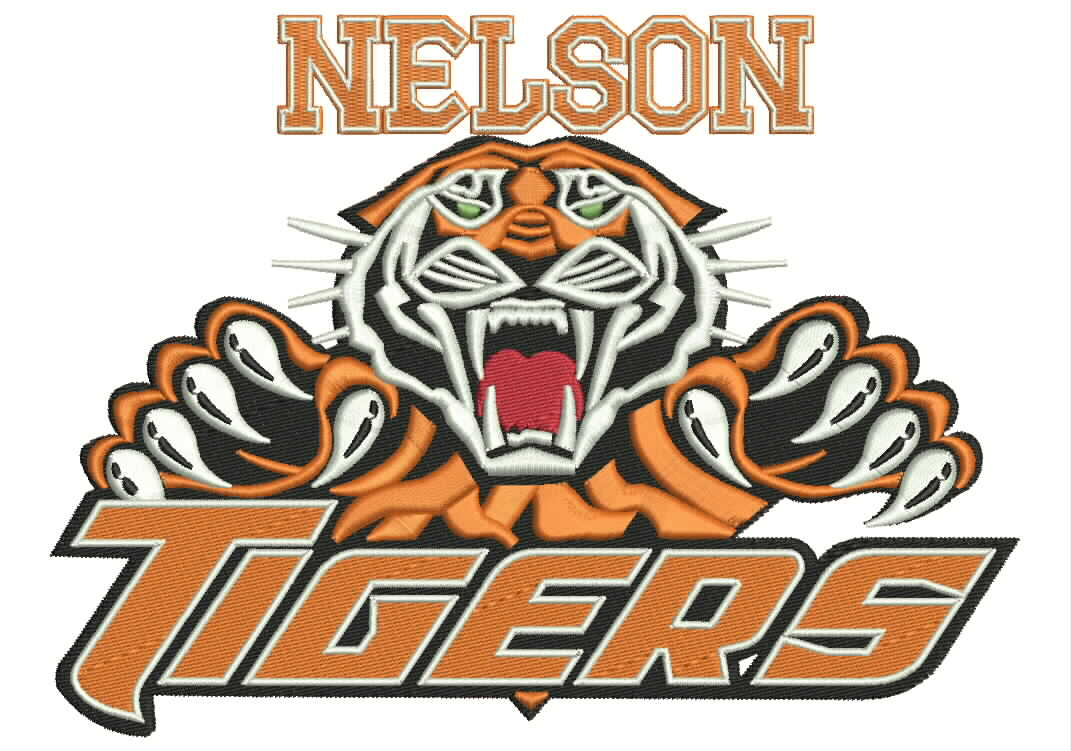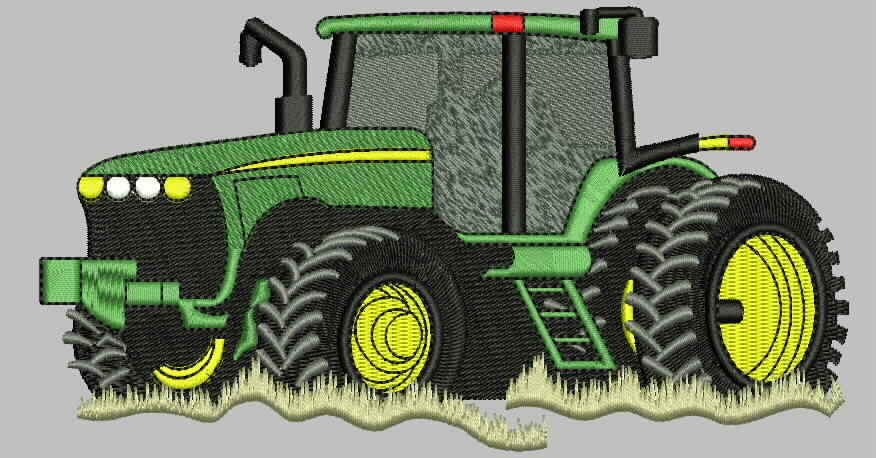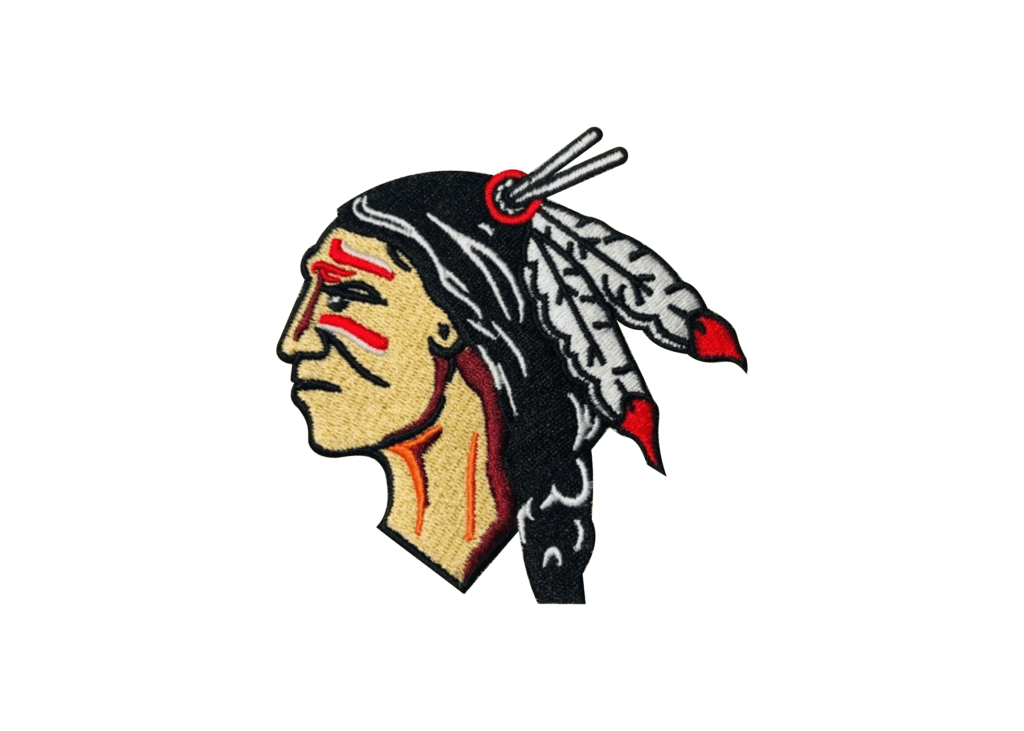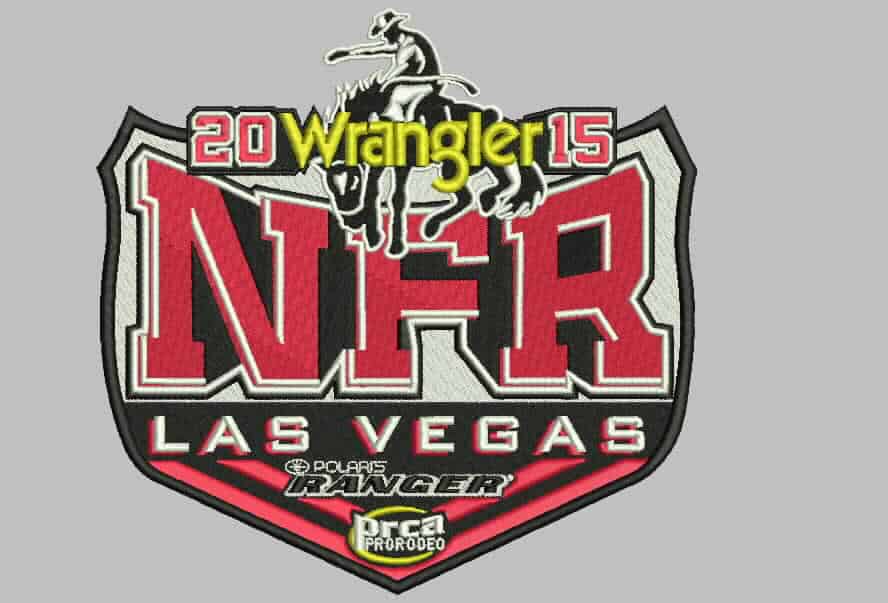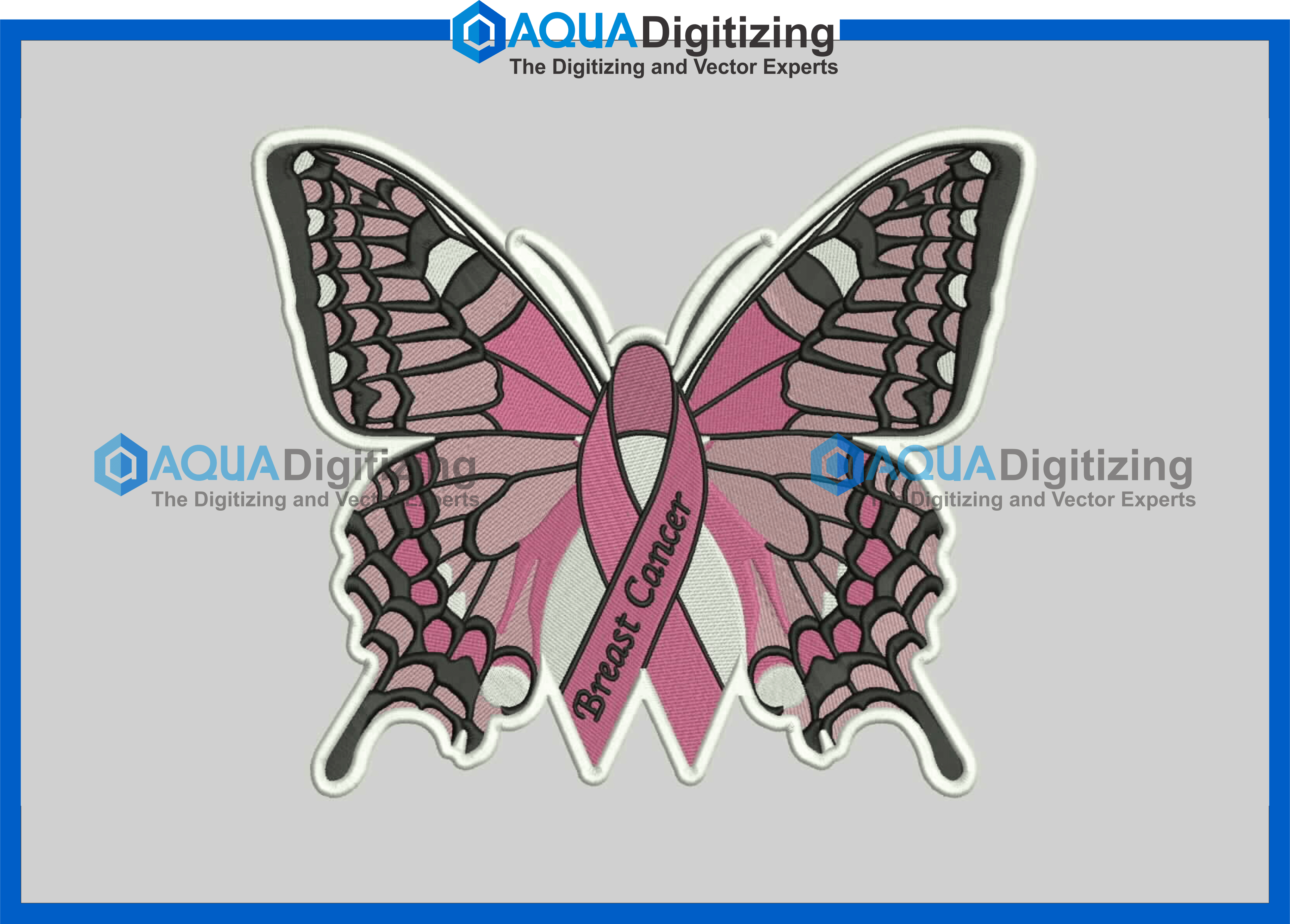
Selecting the right logo for your brand is vital to business success and that’s something that we all have in common. But, in order to develop the most effective logo that will serve as the brand identity of your company is equally important to select the correct logo design.
As a majority of business owners don’t know about the various types of logo formats, picking the appropriate one is often difficult and difficult. If you don’t have the right knowledge it’s very easy to be lost, confused and make a mistake.
However, business owners don’t have to learn about the various logo formats as a vector-based logo will suffice in most situations.
What exactly is an image vector and what are the reasons why businesses require it?
In the sections below, we’ll introduce you to the vector formats and why they are considered to be the ideal design format for logos of businesses.
What is a Vector Logo?
In general, generally, there are two major kinds of image formats, that is, vector and raster. Many of us are aware of raster formats such as .jpg, .png .pdf, and many more. They are used extensively on the internet for a variety of uses. However, the raster format is a bit clunky with an inherent drawback in terms of resolution.
Raster images consist of tiny pixels and possess a distinct geometrical (size as well as shape). That means that when stretched or compressed in a way that is not proportional, images lose their aspect ratio and result in blurred images.
Contrary to raster file formats, vector files consist by mathematically drawn lines, curvatures and forms. They are not subject to distortion in shape regardless of the degree of stretching or contraction. Because you can shape or alter the size of vector files at any time needed, they can edit without causing any damage.
Due to the unique editable capabilities in vector file formats, professionals prefer the vector format for logos that are used in business, as they are more scalable and flexible to change size.
What are the Common Vector Logo Formats?
Now you are aware of the differences between raster and vector graphics and why vector logos are most often used by companies Let’s take a short look at the various types of vector graphics that are available.
In general, it is possible to find a variety of vector graphics that are widely used in the field. Each one has specific features and attributes including the ability to edit, compatibility, as well as quality.
The most frequently used vector logos are:
- AI (Adobe Illustrator Artwork)
- EPS (Encapsulated PostScript)
- SVG (Scalable Vector Graphic)
- PDF (Portable Document Format)
Why You Need a Vector Logo?
Logos for business are often considered to be the image of the business. They can be found on every kind of formal or informal marketing merchandise, including letterheads, email promotional merchandise, and numerous other things.
This means you’ll need the right format to easily alter dimensions and shapes without becoming blurred or discoloured. This is exactly what vector format comes in. It is composed of mathematical shapes and lines that are able to be altered and resized in accordance with the requirements without losing any details or aesthetics.
Let’s see what is it that makes Vector art the ideal style for business logos.
Scalability
As discussed in the previous sections Scalability is the one and only distinctive feature of vector formats. For business owners, you can alter the size of vector logos however you’d like, without compromising the aesthetics and quality in the appearance of your logo. It is true that regardless of the size of the zoom the logo will stay sharp and clear to be applied to any commercial merchandising.
Also, whether you’d like to incorporate a logo onto letterheads, billboards posters, cards, or other promotional items (t-shirts or jackets, towels calendars, etc.) vector logos are sure to yield the best results each time. Additionally, when you use a design vector, you will have greater control over any needed changes to the design that are required at a later point.
Flexibility
Another excellent characteristic that makes vector designs an excellent option for companies is their versatility. You can upload a vector image into any that you like including SVG, PDF SVG, AI, and SVG. To make it even more flexible it is possible to import vector logos to preferred formats for raster images like TIFF, PNG, JPG, GIF, and others.
With this degree of freedom, designers can have more ability to distribute their designs to customers in their preferred formats. Since there are more applications/programs available on mobile and desktop to view raster formats, business owners like to receive the logos in raster format for reviewing purposes. They can also suggest changes to the designer which will allow them to include those modifications in the vector format prior to sending them back to be reviewed.
Editable
Vector logos aren’t only easy to scale, but they’re extremely useful for editing to edit. This is crucial when designing for difficult clients or with short deadlines.
Being a critical business component it is standard that a logo for a company be revised multiple times before it is finally approved. Therefore, designers prefer to make different versions of logos in vector format, which makes it easier to edit their designs promptly whenever they are required.
For example, in Adobe Illustrator, it’s extremely simple for designers to change the colours or other elements that make up the logo for a short time. In the same way, you can make additional adjustments to the file according to the request of the client.
Non-Resolution Dependent
As previously mentioned the vector formats aren’t bound by any specific geometry, unlike the raster formats (which are limited by pixels). That means that vector logos won’t possess any intrinsic resolution, to begin with, and they’ll be capable of adapting to the resolution of the device on which they’re displayed. This is an amazing achievement. In the current mobile-centric world of business that customers use a variety of sizes of devices to browse the web as well as other documents for business.
Smaller Files
Not to mention Vector files are inherently smaller than raster files. When it comes the raster images they have millions of pixels in each image, with each individual pixel having its own coordinates for X and along with the colour. All of this data needs to be saved in memory, and retrievable on demand.
In instances of vector data, there is no such data which can be saved and read effectively, not just saving disk space but also increasing the effectiveness that the operation can achieve.
 315-215-0681
315-215-0681
